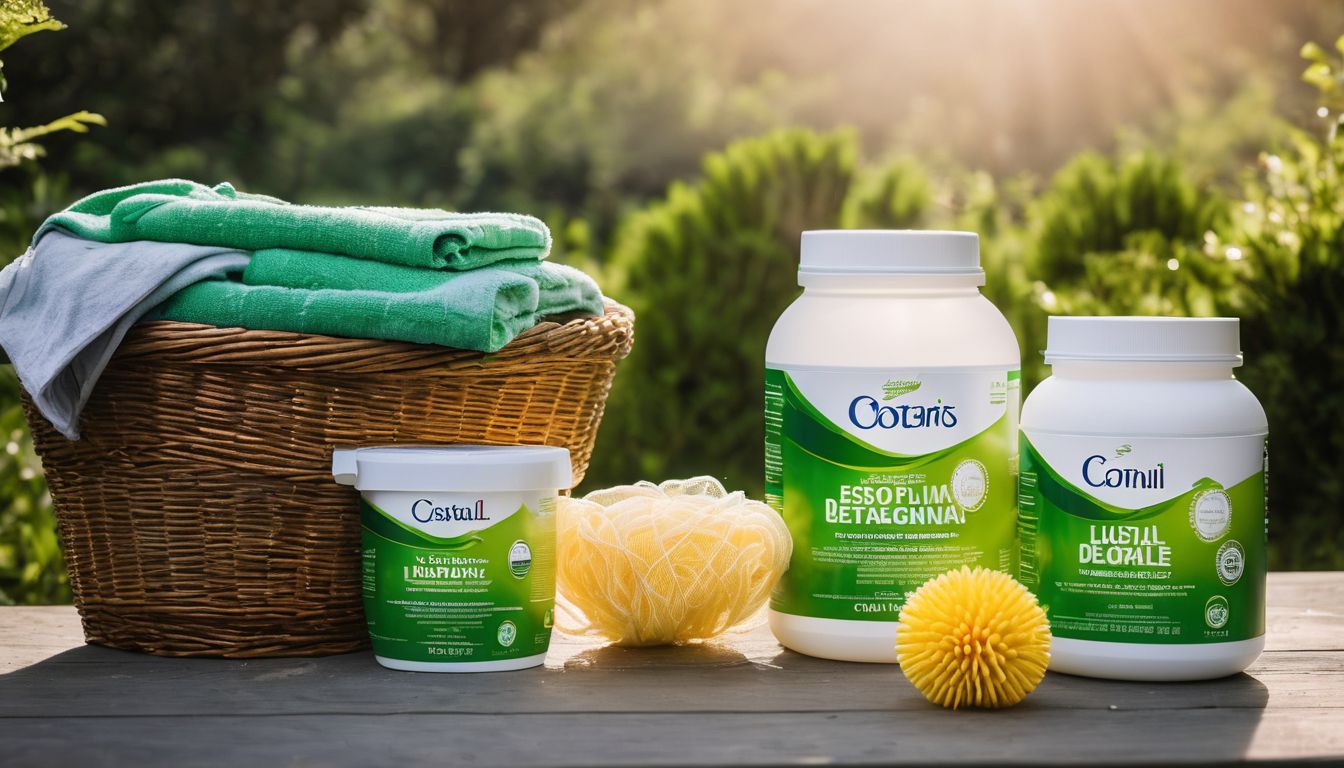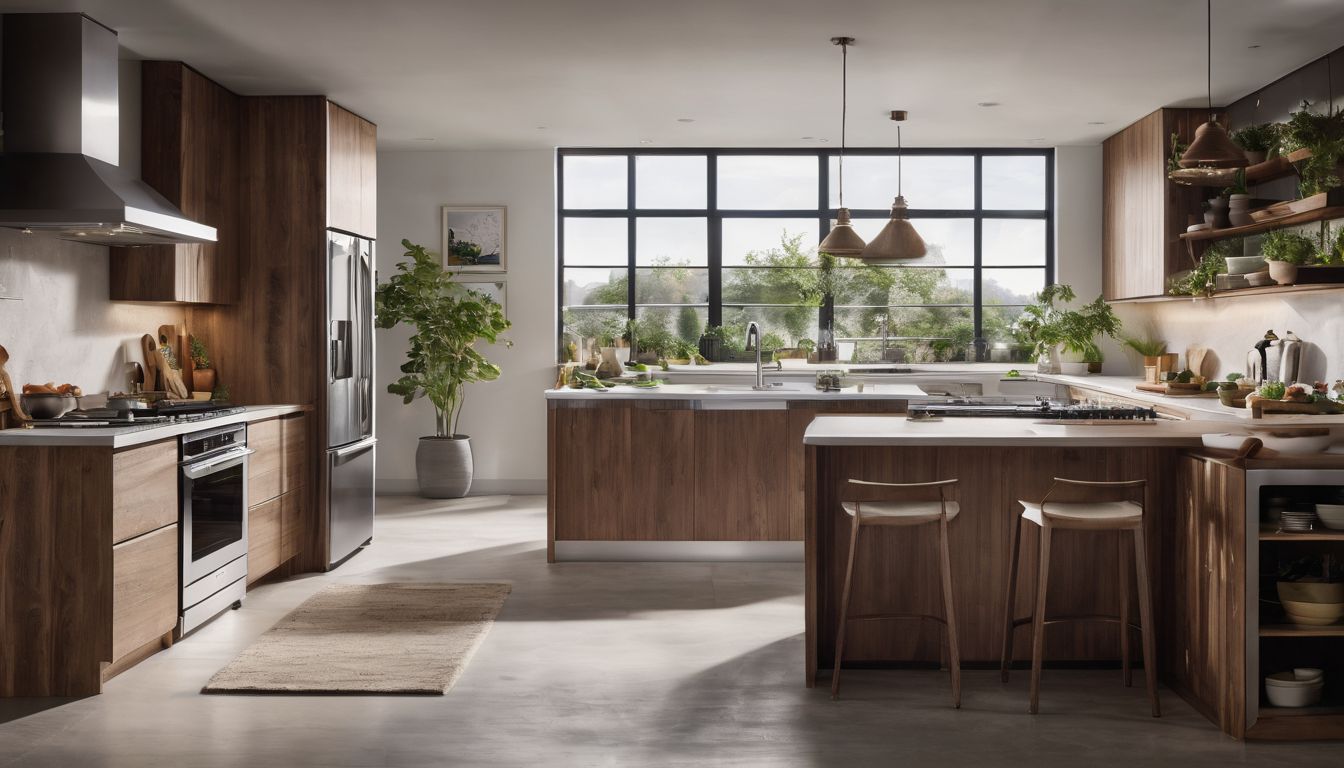Chemically infused cleaning products have an undeserved reputation of immaculate cleanliness. The truth is these products that are intended to rid our homes of germs, may be perpetuating the very thing we are trying to avoid – illness. The chemicals found in conventional cleaners contribute to indoor air pollution which contributes to a wide range of health effects and diseases. According to the American Lung Association chemicals in cleaning agents can cause dizziness, nausea, allergic reactions, eye/skin/respiratory tract irritation, and cancer.1 In addition, many of the cleaning chemicals end up in our water systems and although wastewater treatment is effective when it comes to removing human waste, the process was not designed to remove unregulated chemicals.2 Making your own cleaners or purchasing natural cleaners benefits both the earth and your health.
BENEFITS for the Environment:
Many of the cleaners that go down the drain are treated with the rest of our sewage. Most of the chemicals break down, but the ones that don’t end up polluting water and harming wildlife. Phosphates require a more expensive treatment process in order to be removed from water.4 If those phosphates reach a body of water such as a lake, they can cause eutrophication where an overgrowth of algae occurs, killing other plants and aquatic life.5 Another concern with cleaners is the use of petroleum-based ingredients, which when extracted and refined, release toxic chemicals such as benzene into the air.
There is also the issue of waste. On average, Americans accumulate 176,000 tons of waste every year from the use of household cleaning products. Many cleaners are sold in plastic bottles and many are made out of polyvinyl chloride (PVC) plastic, a material that has a particularly polluting manufacturing process. Manufacturing PVC releases a carcinogen (dioxin) into the air, and it is very difficult to recycle, resulting in less than a 1% recycling rate.6 If it’s not being recycled, it’s going directly into a landfill, where it could take more than 250 years to decompose. If you make your own cleaning products you can reuse your spray bottles and cleaner containers. It’s totally safe, and you don’t have to feel guilty about adding another bottle to our growing landfills.
BENEFITS for Your Health:
Butyl cellosolve is a known neurotoxin found in many commercial all-purpose cleaners. Inhaling it, coming in contact with it, or ingesting it can be toxic to forming cells, the liver, and the kidney. It can also cause tissue damage. This is one of the chemicals we know about, but there are potentially many others that we don’t know about.
There are no laws in effect that require testing the chemicals used in cleaning products in order to determine the effects on our health and safety. According to the National Research Council less than 20% of chemicals that are used daily have been tested for acute effects and less than 10% have been tested for chronic, reproductive or mutagenic effects.7 Even if products are used as directed, users are still at risk because the effects of repeated exposure and the effects of inhaled chemicals mixing in the body have yet to be studied.
To make matters worse, the untested, toxic chemicals used in many products are not always described on packaging. Under the banner of trade secret protection, manufacturers are not required to list all of their ingredients.
Fragrances added to products are also protected under trade secrets. There could be hundreds of synthetic compounds that make up a fragrance so there’s a good chance that many of those are not safe.8 It was found that more than 30% of the chemicals used in fragrances are toxic and may cause respiratory problems, watery eyes, headaches, and sneezing. By making your own cleaners, you will have peace of mind because you will know exactly what is in them.
BENEFITS for Your Children’s Health:
There is approximately two million reported cases of poisonings each year, 57% of those are children under the age of six.9 Eliminating toxic household cleaners from your home can help prevent their accidental ingestion by children.
Simply inhaling the fumes of cleaners can also be harmful to your children. In a study conducted by the EPA, levels of common organic pollutants were 2-5 times higher inside the home than outside,10 and the use of cleaning products was a contributing factor. Children do not have the same abilities as adults to detoxify and excrete chemicals from their bodies, so they are at a higher risk for chronic diseases that develop over longer periods of exposure.11 Contact with these chemicals has also been linked to an increase in the incidence of asthma and the occurrence of attention deficit disorder.
Cost: Low
Making your own cleaning products can cost substantially less than store-bought, chemically laden cleaners. Most of the ingredients you need are probably already in your kitchen and are rather simple to make.
Time and Effort: Low
Depending on what type of surface you want to clean, you can use different recipes. Generally it only takes a couple minutes to mix up your cleaning brew, although this can vary from cleaner to cleaner.
Making your own cleaning Products:
It is generally a good idea to have this list of items on hand. Once you do, you’re set to clean pretty much anything in your house without chemical cleaners:
- Baking Soda
- Liquid Castile Soap (usually vegetable based)
- Vinegar
- Lemons
- Olive Oil (for wood polishing)
- Hydrogen Peroxide (bleach alternative)
- Borax
- Spray bottle
All-purpose cleaner Instructions:
Dissolve 1/8 cup borax completely in 1 quart of hot water. Mix in a bottle or in a bucket. (If making larger quantities of cleaner, use ratio ½ cup borax to 1 gallon of hot water)
Toilet Bowl cleaner Instructions:
Sprinkle baking soda in toilet bowl as needed. Add vinegar and scrub with a toilet brush. The foaming reaction will help break up stains and deodorize toilet bowl.
Tub and Tile cleaner Instructions:
Cut a lemon in half. Dip the lemon half in borax and use the lemon to scrub the tile. Rinse surface with warm water after scrubbed.
Drain de-clogger:
Instructions: Boil a pot of water. Add 1 cup vinegar and 1 cup baking soda to the water and pour down clogged drain. Rinse with tap water.
Making Your Own Carpet Cleaner
Option 1:
Materials: 1/2 teaspoon of pure castile soap 2 cups of water Spray bottle
Directions: Mix the soap and water in the spray bottle. Spot test the area you are cleaning to prevent discoloration. Use a sponge or brush to scrub the stain away.
Option 2:
Apply club soda to the stained area. Pat dry with a towel and repeat. Follow up by using a sponge and warm soapy water to clean the area.
If you opt to buy cleaners, don’t be misled by the labeling. Phrases such as “eco-friendly” and “environmentally safe” are generally not regulated,13 so there is no guarantee they are safe or natural. Seventh Generation and Ecover are both reputable natural product companies offering cleaning products. You can find them at most major retailers including Whole Foods, Target, and Wal-Mart. Trader Joe’s also has its own, chemical-free multi-purpose cleaner for sale at all Trader Joe’s locations.




